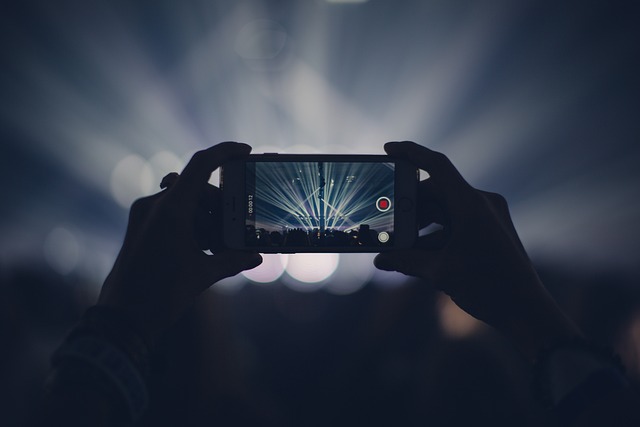Monetization models for small-scale music and performance projects
Independent musicians and small performance groups can combine several income streams to support creative work. This piece outlines practical monetization approaches—from digital distribution and streaming to crowdfunding, licensing, and local partnerships—while highlighting engagement, accessibility, and analytics as tools to measure and refine results.

Small-scale music and performance projects often rely on a blend of strategies rather than a single revenue source. Establishing clear distribution paths, exploring licensing opportunities, and building direct ties with a community can create sustainable income while keeping artistic control. Attention to localization, accessibility, and consistent promotion improves reach across online platforms and in-person events, and analytics help prioritize the tactics that generate the most engagement and revenue.
How can distribution expand reach?
Distribution covers how your recorded work or performance recordings reach listeners and venues. For small projects, digital distribution services and direct sales through your website or a local services hub make releases accessible beyond live audiences. Consider localization of metadata and descriptions for target regions to increase discoverability. Physical distribution—limited-run CDs, vinyl, or merch sold at shows—can supplement online sales, and working with local venues or community centers for consignments can connect you to nearby fans.
What role does streaming play in revenue?
Streaming is a core part of digital distribution but typically yields modest per-stream payouts. Use streaming services to increase visibility and funnel listeners to higher-value actions like merch, ticketed events, or direct purchases. Curate playlists, optimize release timing, and provide localized content when appropriate. Streaming complements other monetization channels by driving engagement and helping you track listener behavior through analytics, which in turn informs promotion and setlist choices for performances.
How to use crowdfunding for projects?
Crowdfunding platforms let communities fund specific releases, tours, or productions. Offer tiered rewards—digital downloads, exclusive behind-the-scenes access, early tickets, or localized experiences—to boost participation. Successful campaigns combine clear project descriptions, realistic budgets, and ongoing engagement to maintain momentum. Crowdfunding also builds community ownership and creates promotion opportunities as backers share your project, so integrate campaign milestones into your overall content calendar and analytics tracking.
When is licensing appropriate for small projects?
Licensing can generate passive income by placing music in film, podcasts, ads, or local media. Small artists should catalog works clearly, register them with appropriate rights organizations, and consider non-exclusive licensing to retain flexibility. Partnerships with local production companies, theaters, or independent filmmakers often provide initial placement opportunities. Licensing agreements should specify usage, territory, and compensation; when in doubt, consult a professional or templates from reputable industry groups to avoid misunderstandings.
How to promote shows and boost engagement?
Promotion combines online channels—social media, email lists, streaming profiles—with in-person outreach like flyers at community spaces and partnerships with local services. Prioritize accessibility to widen your audience: provide captioned video previews, accessible venue options, and clear localization of event details for diverse audiences. Engagement tactics such as Q&A sessions, community workshops, and collaborative performances strengthen relationships and increase repeat attendance, turning casual listeners into sustained supporters.
How can analytics inform decisions?
Analytics from streaming platforms, social channels, and ticketing services reveal who your audience is and how they respond to releases and promotion. Track metrics like listener location, skip rates, ticket conversion, and merch sales to refine distribution choices or prioritize partnerships. Use data to test localized messaging, optimize release schedules, and measure the impact of accessibility improvements on engagement. Interpreting analytics helps allocate limited resources where they produce the most tangible monetization outcomes.
In summary, small-scale music and performance projects benefit from a diversified approach that blends distribution, streaming, crowdfunding, licensing, promotion, and strategic partnerships. Emphasizing accessibility and localization broadens potential audiences, while consistent use of analytics and community engagement helps identify the most effective revenue streams. Over time, combining these models with careful budgeting and local relationships can create a sustainable framework for creative work.





